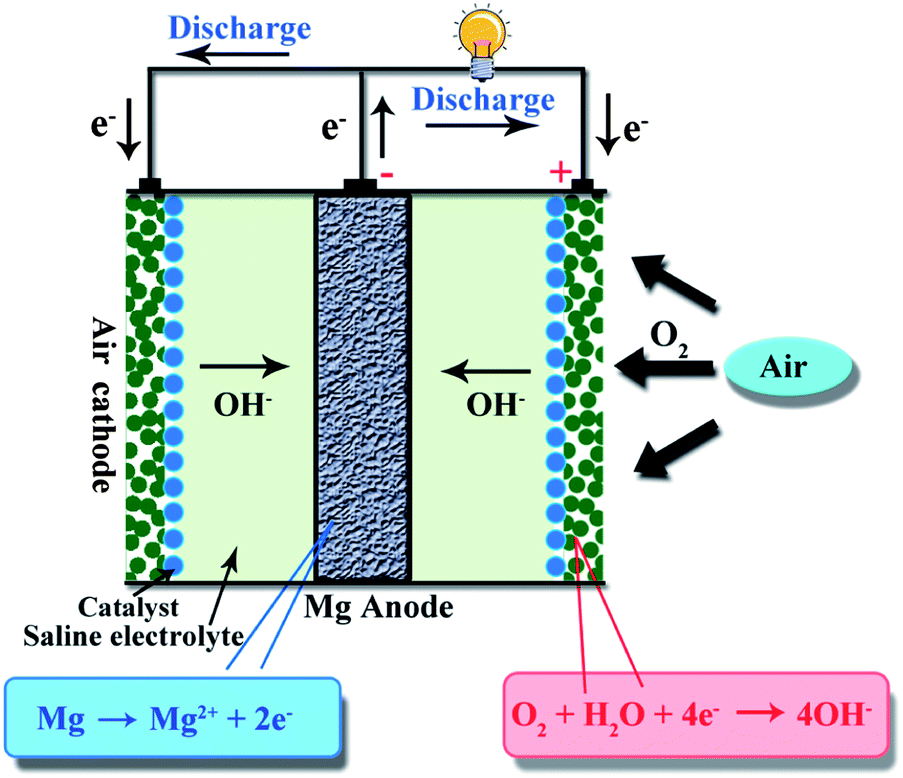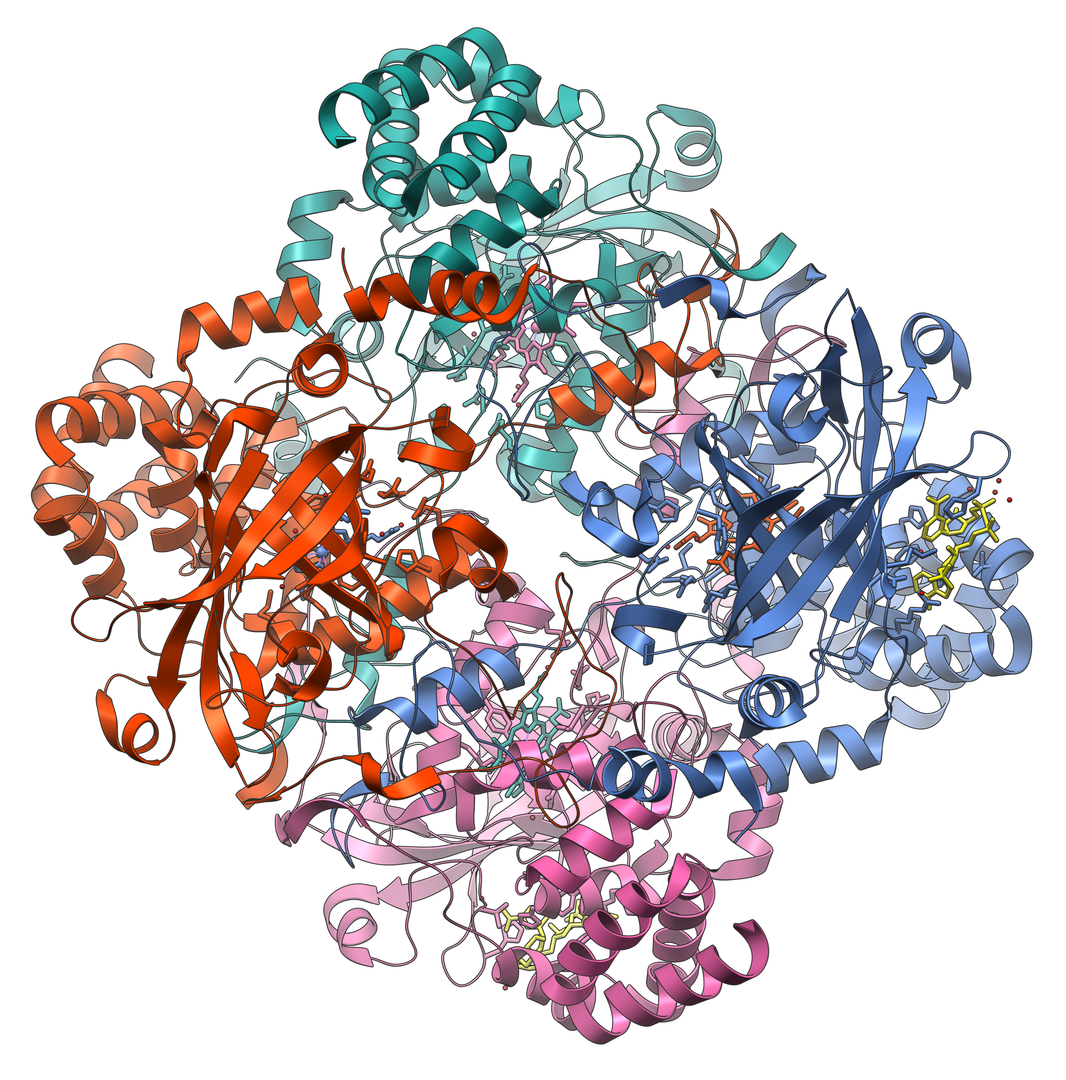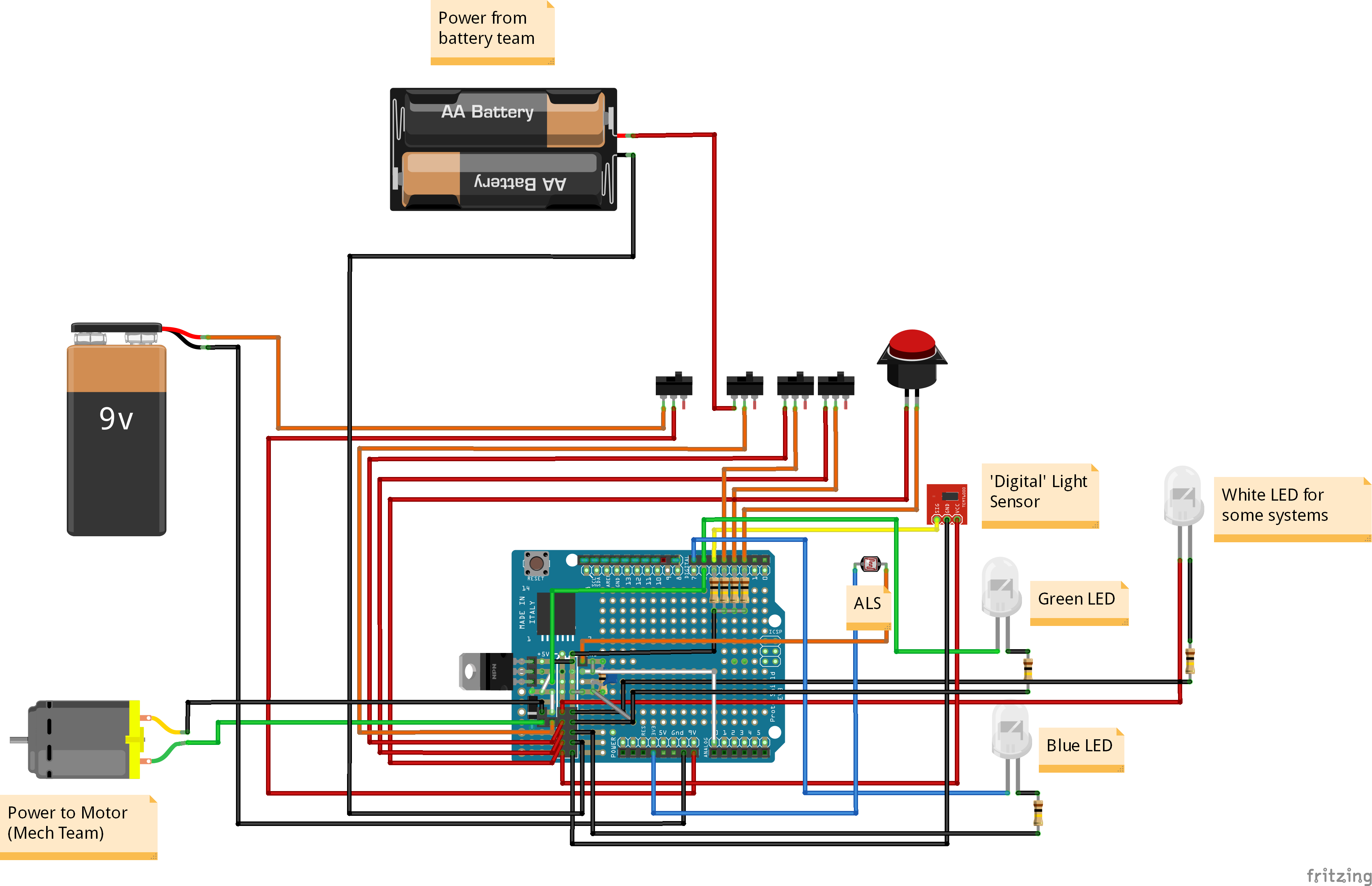Power Teams
Zinc-Air Battery
Project Managers: Joshua Lee & QiWen Li
Team Members: William Wei, Youngjin Song, Justin Choi, Kylie Cheong
 |
The zinc-air battery team has been part of chemE car for several years and performed at both the regional and national competitions. The components of the battery include a zinc anode, a carbon-based cathode that captures oxygen from air, and potassium hydroxide electrolyte. Our main goals for this year include researching and testing new improvements to our battery while focusing on calibration and consistency to excel at competition. |
Magnesium-Air Battery
Project Managers: Quinn Truong & Rustam Gandhi
Team Members: Jeffrey Marin, Ariana Coracero, Stephanie Gonzalez, Chang Bum (Sylvester) Seo, Pancham Pawan, Katelyn Dale
 |
|
Lead-Acid Battery
Project Manager: Katherine Wang
Team Members: Ilan Naor, Stanley Chan, Arun Kamath, Carlos Ramirezi
 |
We are developing a lead-acid battery to power our car. The chemical energy in a lead-acid battery is stored in the potential difference between the two lead plates (PbSO4 and PbO2), and our goal is to harness this energy to provide power to the motor of our car. Some of the projects we are working on are determining optimal cell arrangement, characterizing energy and power density, and cycling degradation. |
Hydrogen Fuel Cell
Project Managers: Aziz Farasani & Sean Fu
Team Members: Daniela Paredes Robles, Lukas Bryant, Eula Billaut, Prisha Davda, Shefali Bhakta, Thomas Phan, Arya Madan, Lucio (Sounghyun) Yang
This is the first year that Hydrogen Fuel Cell is able to do lab work, so our goal is to give members an interesting and safe experience working with an experimental team. Since we don't have an experimentally verified procedure, a lot of our work will consist of tweaking procedures from literature searches to create a working pouch fuel cell. Members will learn how to problem solve and troubleshoot when adapting and replicating literature procedures. |
Supercapacitor
Project Managers: Declan Mahaffrey-Dowd & Jin Yu
Team Members: Alfred Vargas, Kshitij (TJ) Chauhan, Aryan Narang, Anderson Wang, Ziyan Fan, Aditya Udgaonkar
Control Teams
Vitamin C Clock
Project Managers: Ethan Nguyen & Samantha Yang
Team Members: Nyah Dominguez, Sarah Chang, Inji Park, Jason Chiu, Richard Wetterer, Ashley Chon
Vitamin C Clock studies the reaction between ascorbic acid, iodide, and hydrogen peroxide. By manipulating concentrations of ascorbic acid and iodine, we can change the rate of reaction, and our goal is to create a reliable calibration curve of the reaction. |
Electrochemical Clock
Project Manager: Nicole Nelson
Team Members: Sidhanth Chinnakotla, Hunter Maestretti, Anthony Hon, Raphael Lee, Drue Hingeley, Andrew Tran
The Electrochemical Clock team is brand new and looking for innovation. The team was founded in Covid, so this is the first semester we will be in lab. There is no set mechanism or procedure, thus this semester we will be focusing on exploring electrochemistry and how we might harness it in a clock. It will be up to the members of the team to design clock mechanisms from scratch. By the end of the semester, the team should choose a basic clock mechanism that we can then optimize further. |
Enzymatic Clock
Project Managers: Jason Hou & Hunter Ocker
Team Members: Ethan Lai, Aaron Feldman, Riley Mankin, Kaleb Jen, Alaa Alkhamis, Katharine Coda
 |
The enzymatic clock team utilizes the reaction between hydrogen peroxide and catalase. As hydrogen peroxide is injected into a flask containing catalase solution, oxygen and water are formed. The oxygen gas will continuously push an attached syringe's plunger outward, and at the end of the plunger, there is a conductive material – once the plunger has moved far enough, it will complete a broken circuit and send a signal to the car to stop. Our goals are to develop a competition-ready calibration curve for the stopping time of the car, and to design and perfect the mentioned apparatus. |
Chassis Teams
Electrical
Project Manager: Nicole Stokowski
Team Members: Han Nguyen, Maiya Stokowski, Angel Mau, Rahil Shaik
 |
The electrical team devises ways of converting the Control Teams’ data into voltages so that we can determine whether the car should be running or not. Using this data, we turn on and off the power supplied by the Power & Battery Teams to the motor. Currently, we are trying to convert to using an Arduino Nano, as well as increasing data collection for the different teams by measuring voltage and current from the batteries as well as measuring the time it takes to go a certain distance to calculate a more accurate velocity. |
